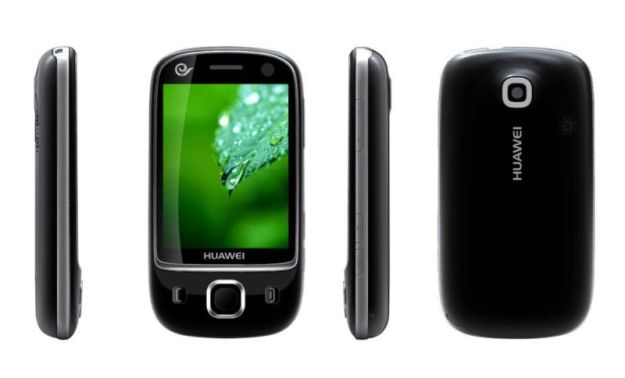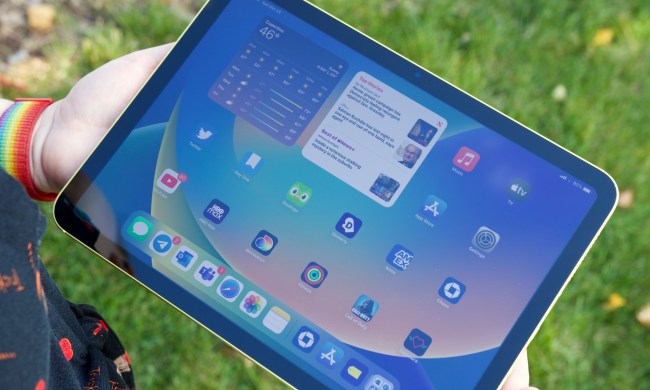
Canalys, a team of professional analysts, recently announced the top five smartphone manufacturers from the last three months of 2012. Not surprising, the two topping the list by a landslide are Samsung and Apple, with 29 and 22 percent of the market share, respectively.
What’s really surprising was seeing Sony foisted from its top five position, and the introduction of three growing Chinese companies: Huawei made its debut to the number three spot with just over five percent; ZTE landed at number four with just under five percent; and Lenovo just made the cut with around four and a half percent, growing 216 percent over the last year.
Based on these leaps, it also should be no surprise that China made up the bulk of all smartphone sales in 2012, accounting for an astounding 73 percent of all sales, a 33 percent increase from the year prior.
While Apple numbers may be impressive overall, the company has a long way to go before it has a chance to make iOS the dominant operating system around the world. While they make up 22 percent of the market, Android devices account for nearly 70 percent of all smartphones in the world.
Why the huge gap? iPhones have very little traction in the Chinese market, due to high price points and lack of compatibility with the country’s network. If Apple were to reimagine its business model for China, it could easily see increased profitability, and a steady decrease in the numbers separating iPhone from Android which, conversely, has a huge selection of affordable devices.
As for other phone operating systems, Blackberry came in at third with 3.5 percent of the market; Windows-based phones were at around 2.5 percent; and Nokia phones slid in with just 1.5 percent.


